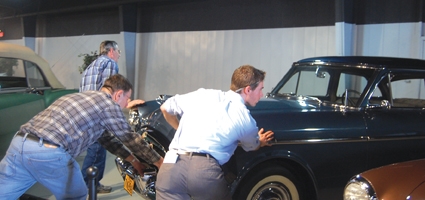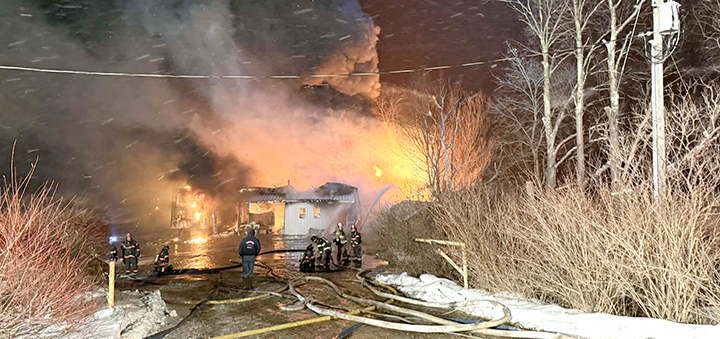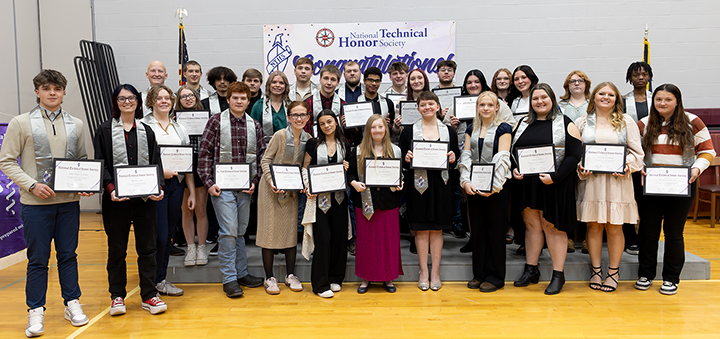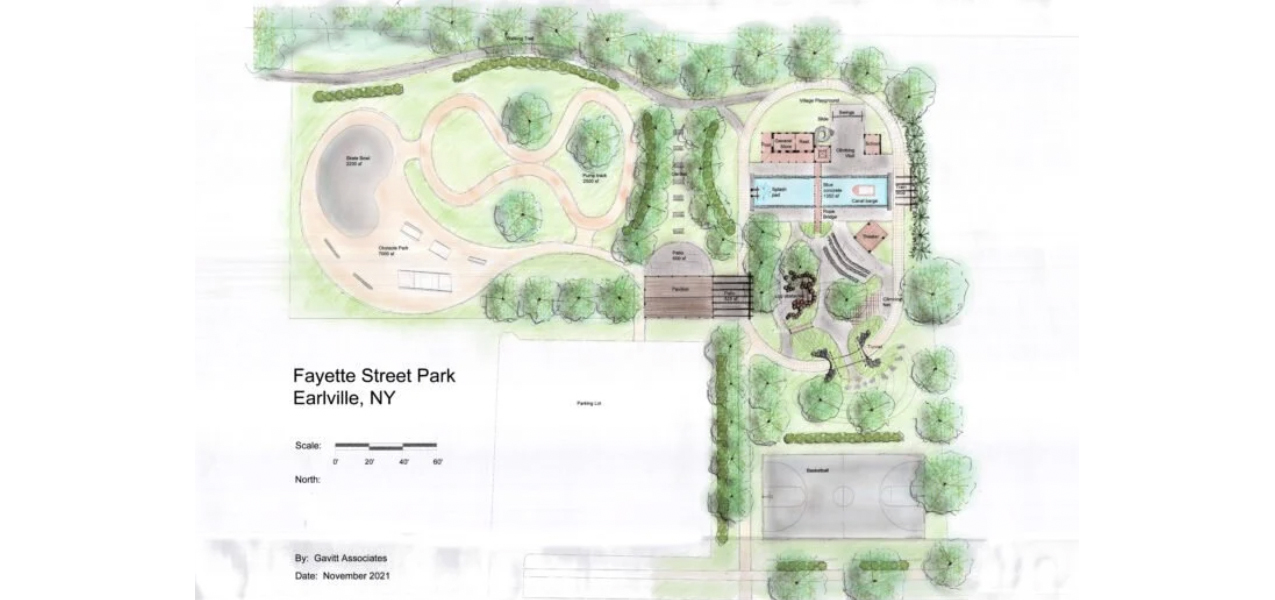A “classic” opportunity
For this week’s edition of Punching the Clock, I made my to the Northeast Classic Car Museum to lend a worker’s hand or – as I secretly hoped – a driver’s foot.
Founded in the wake of Procter & Gamble’s withdrawal from Chenango County, the classic car museum represents a group of concerned citizens’ attempt to help elevate some of the county’s financial woes. Since opening in the mid-1990s, the museum has drawn thousands of tourists to the City of Norwich, luring them in with an impressive fleet of antique cars, currently tallying in at around 174. Before arriving at the museum, it had never occurred to me that the number of cars held within the museum is transitory. But I received some on-the-job education from Northeast Classic Car Museum board member and Norwich City Police Chief Joseph Angelino, who slapped some knowledge on me. As it turns out, the car museum’s exhibits are constantly in a state of flux, as volunteers work hard to swap out cars which have been delighting visitors for a given period of time with “new” ones.
“We like to change out the cars to keep the museum fresh and get people coming back again,” board president Phil Giltner later told me. This continuous exchange of motorized antiquities turned out to work in my favor, as I benefited from the unexpected arrival of a “new” car which needed to be wheeled in.








Comments